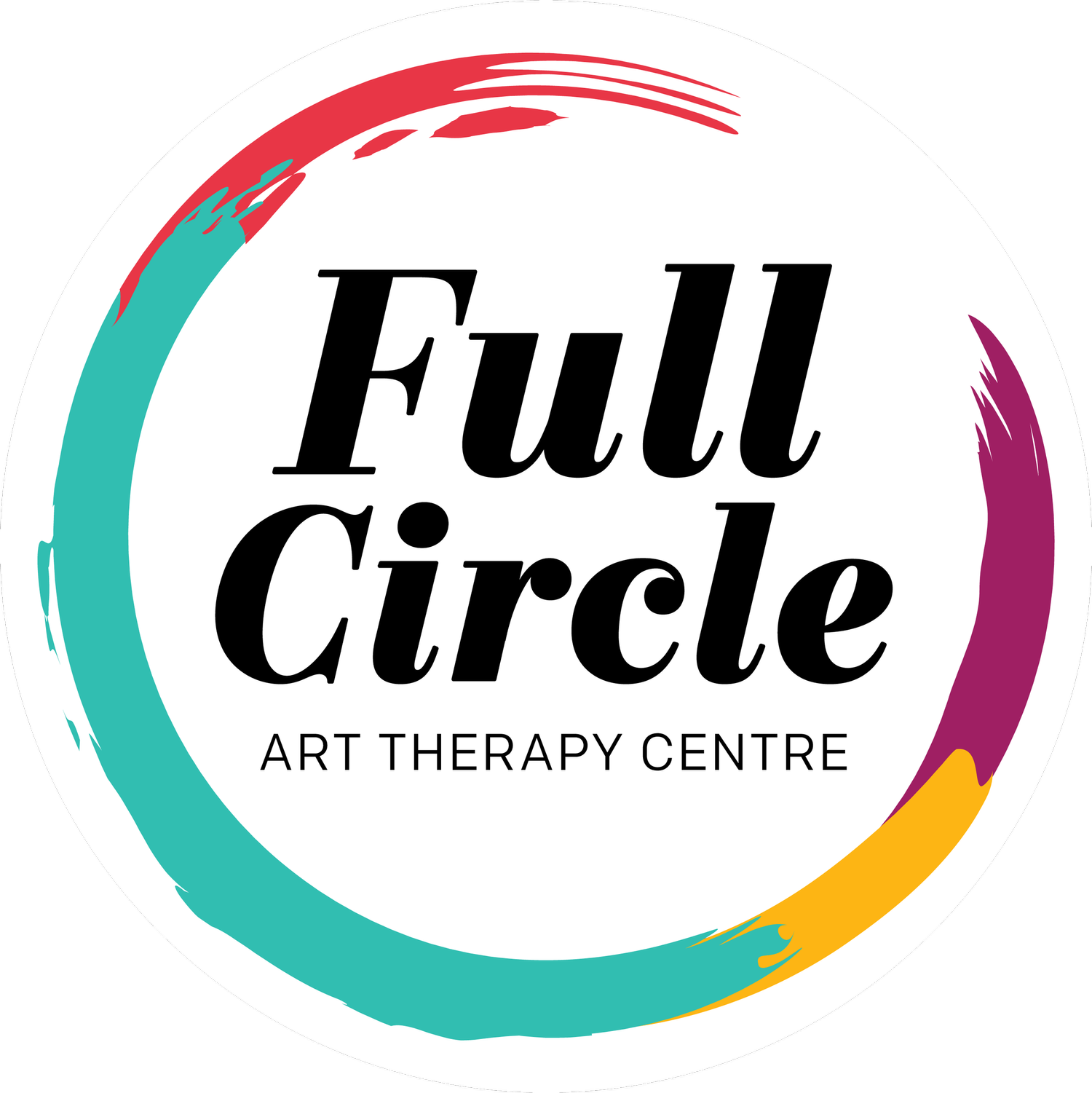What Is Art Therapy?
Author: Ashtyn Ford
Welcome to art therapy and find your quick look at all things art therapy. Hi there. Today I'm going to be explaining what is art therapy. So how I like to explain art therapy is that it's a nonverbal form of communication.
Essentially what that means is that it might be difficult to express ourselves emotionally and understand why we might be feeling a certain way, or the experiences might be too difficult to speak about verbally in the beginning. This is when we can turn to the visual arts as a way of expressing those emotions, thoughts or feelings through the art first, and then deciding how we may want to process or approach it from there. So the client has more control over that process and how they would like to further process it, whether through talking or for more visual art making, and they can really pace that process for them.
In terms of the art materials, we might use that varies, as well. It could be clay could be collages, paintings, 2D art materials and drawings, and things like that. And then basically, your art therapists will either allow you to do spontaneous art making, which is just art making about how you're feeling in that moment or self-directed art making.
Then use the content of the artwork for further discussion, and reflection, or expand on through further art making. Or sometimes our therapists will have art directives or exercises that they will lead you in, again for a purpose that reflects on your goals for therapy. So for example, if one of the goals that you're working on is self-expression, let's say for the emotion of anger, you know, maybe your art therapist would ask you to draw what anger looks like or feels like for you, or how do you know, you're angry? Like how that shows up in your, body and mind, might be one way of doing that. And then through doing that through visual arts, and then you have further content to talk about. And then also, again, you might be able to expand that more in other sessions.
And then the other thing to know as well is that each art therapist has their own style and way of approaching art therapy. So the example I give is just from my own perspective, but it might actually look different depending on who your art therapist is. For myself, I also like to add other modalities besides just art therapy. So yeah, that might be important to look at the therapist's profile or book a consultation beforehand to see if it'll be a good fit for you.
I hope that was helpful and stay tuned for some more art therapy, and thanks for watching.
